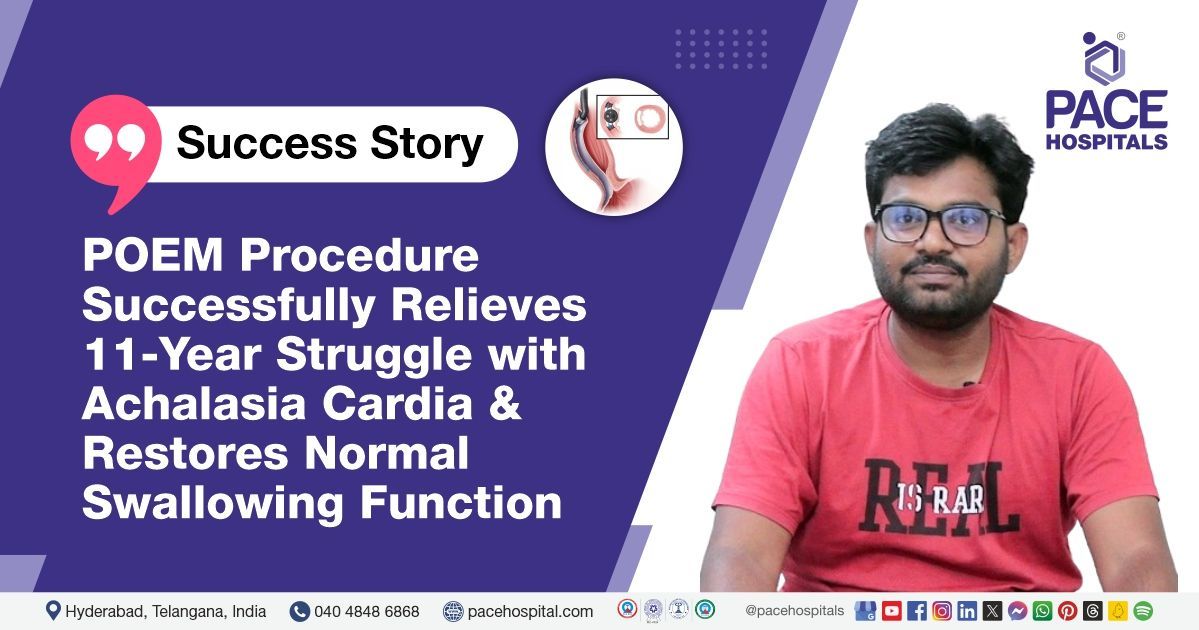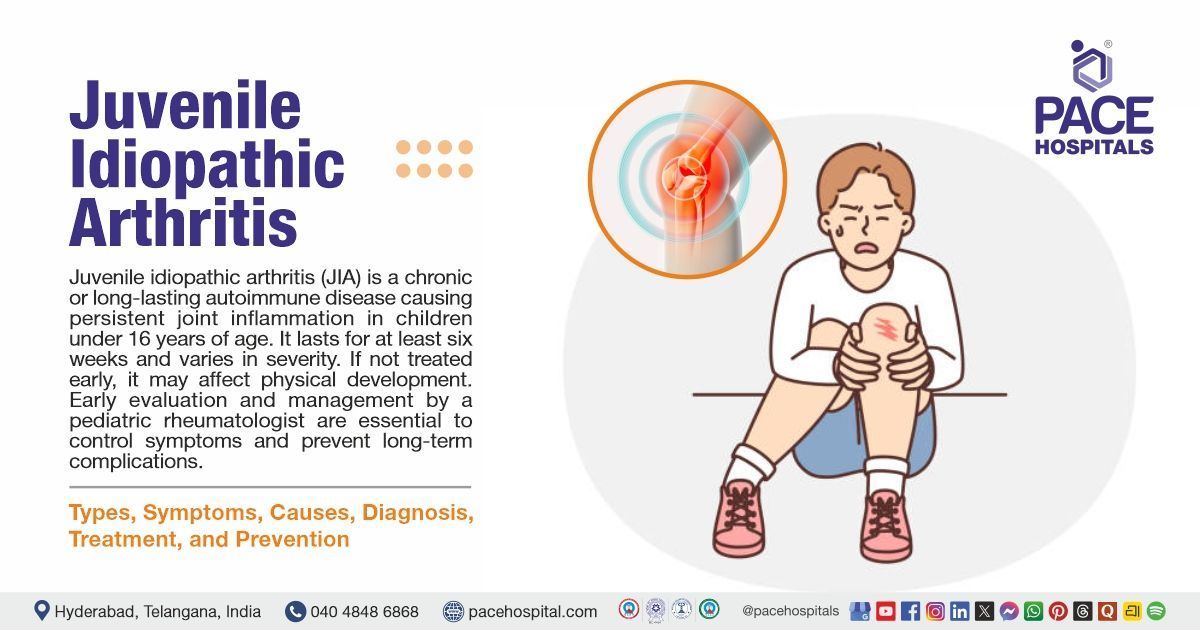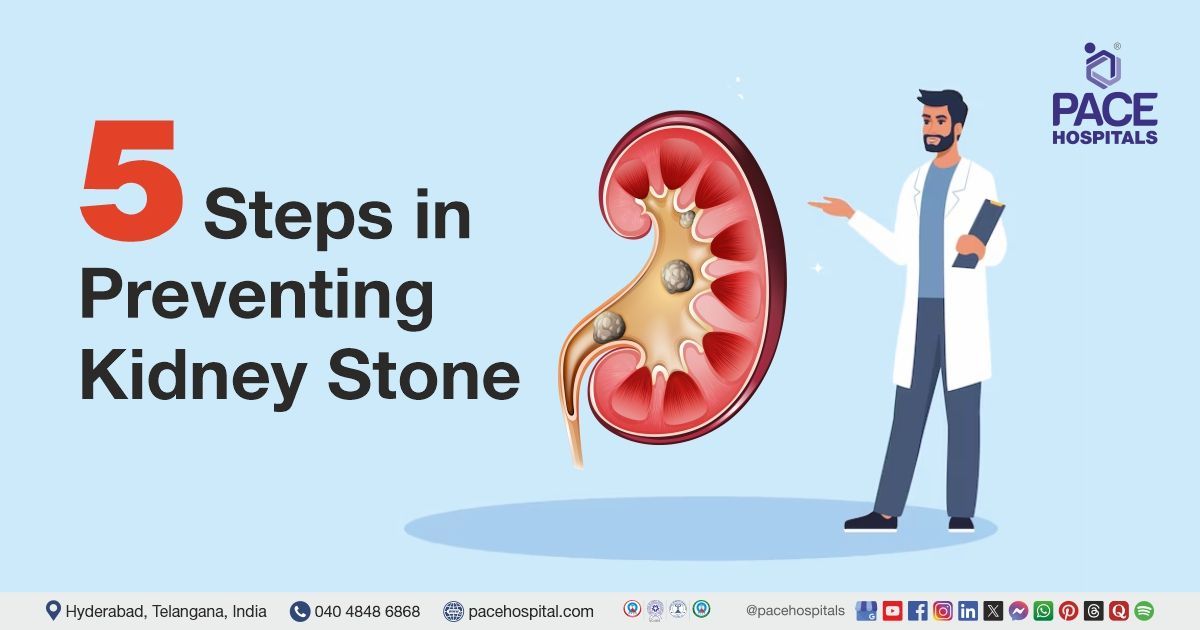POEM Procedure Successfully Relieves 11-Year Struggle of a patient with Achalasia, Restores Normal Swallowing Function| Case study
PACE Hospitals
PACE Hospitals' Gastroenterology team successfully performed a POEM (PER ORAL ENDOSCOPIC MYOTOMY) procedure on a 35-year-old male with achalasia cardia Type II, enhancing his ability to swallow and eat comfortably.
A 35-year-old male patient with swallowing difficulties for one month, worsening at night, and mostly taking liquids and occasional central chest pain, was admitted to PACE Hospitals for further treatment.
Medical History and Diagnosis
Upon examining in greater detail, it was understood that the patient had a known case of Achalasia cardia for 11 years and underwent pneumatic dilatation in 2013 and 2015. The patient was admitted to PACE Hospitals with complaints of swallowing difficulties, worsening at night, mostly consuming liquids and occasional central chest pain for additional care and management.
Achalasia cardia is a condition in which the muscles in the lower part of the oesophagus fail to relax properly, causing difficulty swallowing. Eckardt's score evaluates the severity of Achalasia by assigning points for symptoms such as difficulty swallowing, chest pain, weight loss, and regurgitation.
Upon reviewing the medical history, the patient was subjected to investigations, including Endoscopy and barium swallow. Evaluating the diagnostic results, the patient was diagnosed with Achalasia cardia type II (Eckardt's score-5).
The healthcare experts collectively agreed that pursuing a POEM procedure could effectively address the diagnosed conditions and contribute to the patient's treatment plan.
POEM is a third space endoscopy procedure for Achalasia that uses upper endoscopy rather than conventional surgery, which involves an incision in the skin. In patients with Achalasia, the lower oesophageal sphincter is too tight. The goal of treatment for Achalasia is to loosen the lower oesophageal sphincter and open up narrowed areas of the oesophagus.
It is performed with an endoscope, a narrow flexible tube with a camera inserted through the mouth (peroral) to cut muscles in the oesophagus (myotomy) to treat swallowing disorders caused by muscle problems such as spasms. Cutting the muscles loosens them and prevents them from tightening and interfering with swallowing.
Treatment
After consultations with the team of gastroenterologists - Dr. Govind Verma, Dr. R Venkatesh Reddy, Dr. M Sudhir, it was determined that a Per Oral Endoscopic Myotomy (POEM) procedure was the most effective method of treating the patient.
After the necessary investigations were done and clearances were obtained, the patient was administered intravenous antibiotics, and later, the POEM procedure was performed.
Upper gastrointestinal endoscopy was performed well, and the fundus (upper part of the stomach) appeared normal, but there was some resistance (tight) at the area where the oesophagus meets the stomach (GE junction). Before the procedure, the patient received IV antibiotics, and CO2 was monitored during the surgery. A small area of the oesophagus, just 9 cm above the junction, was marked with a dye. A special tool was then used to make an incision in the lining of the oesophagus, creating a tunnel under the lining. Subsequently, blood vessels were sealed, and the muscle layer was cut. The tunnel was then closed with small clips called Olympus clips. The tunnel was closed with clips, and a post-procedure scope passed easily through the GE junction. The procedure went smoothly without any issues.
Aftermath
The post-operative period was uneventful; the patient was given IV fluids to prevent infections and manage any immediate post-operative needs.
Post-surgery, the patient was kept on NBM (nil by mouth-without food or drink) for two days. The necessary medicines such as antibiotics, multivitamins, analgesics, antihypertensives, proton pump inhibitors & other supportive care were given, physical consultation for HTN (Hypertension), and advice followed.
The oral gastrografin test was done, and it showed a free flow of gastrografin across the gastroesophageal junction without any retention, depicting a successful outcome of the procedure. The test showed no contrast extravasation. Gradually, the patient started achieving symptomatic stability, and a liquid diet was initiated.
The patient was discharged with medical advice and follow-up instructions emphasising proper home recovery. He was advised to follow a liquid diet for five days, followed by a soft diet for the next five days, and recommended avoiding the cool liquids. The patient was also instructed to contact PACE Hospitals immediately in case of fever, abdominal pain, or vomiting.
After 6-8 weeks, the patient was asked to get a review by Dr. Govind Verma about his status and
Dr. Kaku Madhurya for HTN (Hypertension).
Significance of Barium swallow
A barium swallow study is an X-ray test, also known as a barium esophagogram or oesophagram. A contrast-enhanced radiographic study uses a special contrast medium called barium to create clear images to examine the structural characteristics of the entire oesophagus and find problems like blockages, tears, or issues with oesophagus movement or function.
Even with advanced CT scans available, barium sulfate gives more precise and detailed pictures in an esophagogram than water-soluble agents such as gastrografin, making this study more sensitive and effective.
It can be performed before and after a peroral endoscopic myotomy (POEM) procedure to check the function of the oesophagus.
A timed barium esophagogram (TBE) tests how well the patient's oesophagus empties after a POEM procedure or in people with oesophageal problems.
During the process, a patient swallows a barium drink or tablet while a healthcare professional (radiologist) uses X-rays or fluoroscopy to observe the barium moving through the patient's mouth, throat, and oesophagus. The radiologist may take pictures or ask the patient to hold their breath at certain times and measures how much contrast is left in the oesophagus at different times, usually up to 5 minutes.
The oesophagram test shows that contrast moves through the oesophagus quickly within 24 hours after a POEM procedure for achalasia or EGJOO (Esophagogastric Junction Outflow Obstruction), which suggests good long-term function of the oesophagus.
If patients are stable and there are no leaks or issues after the POEM procedure, additional imaging might not be necessary. Further imaging is only needed if the patient shows signs of problems or ongoing symptoms.
Share on
Request an appointment
Fill in the appointment form or call us instantly to book a confirmed appointment with our super specialist at 04048486868











